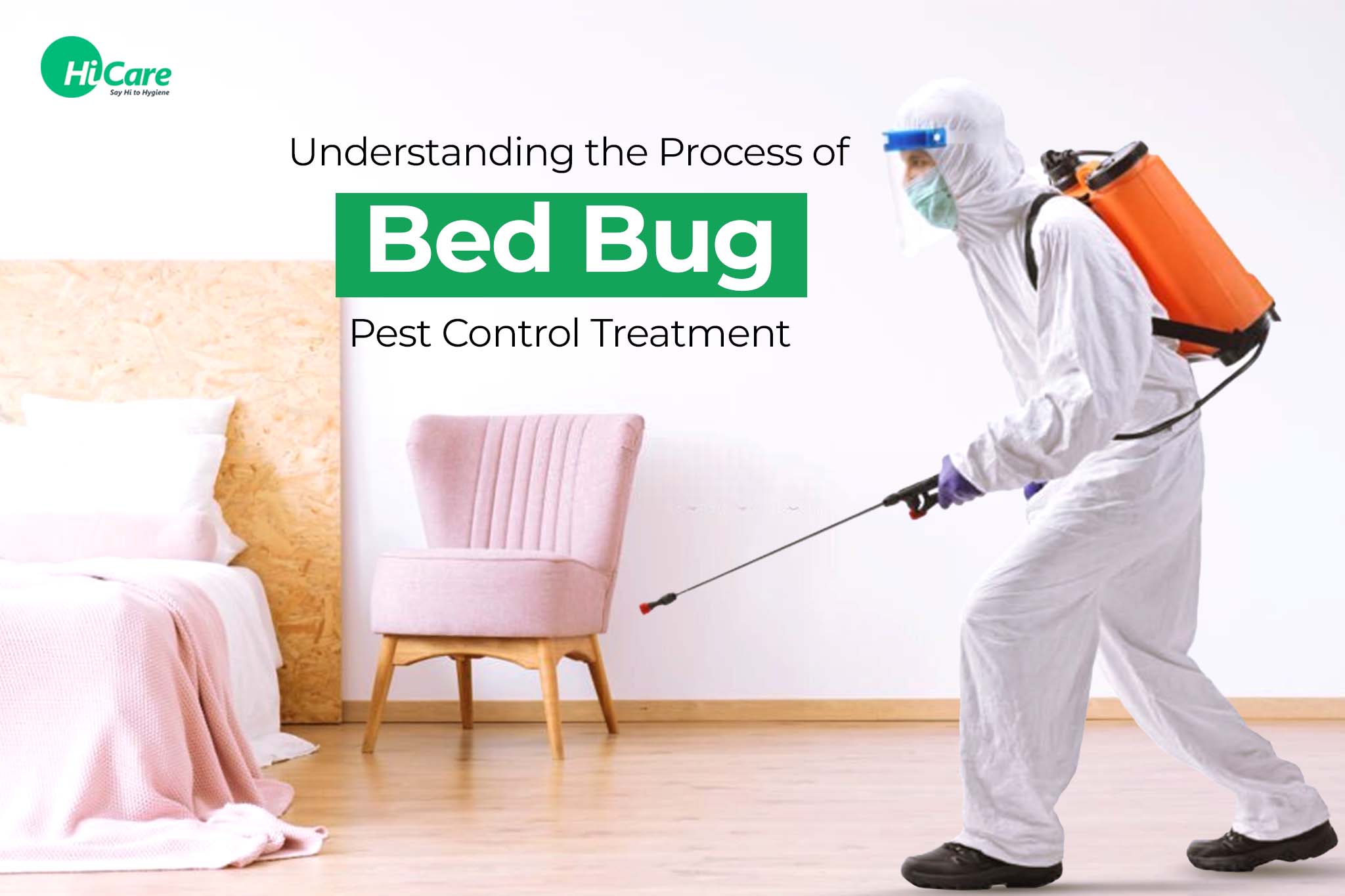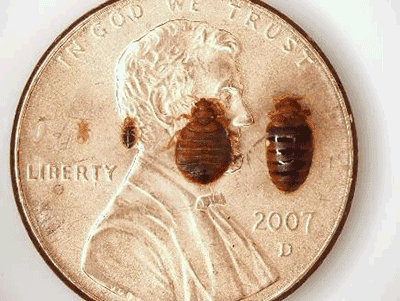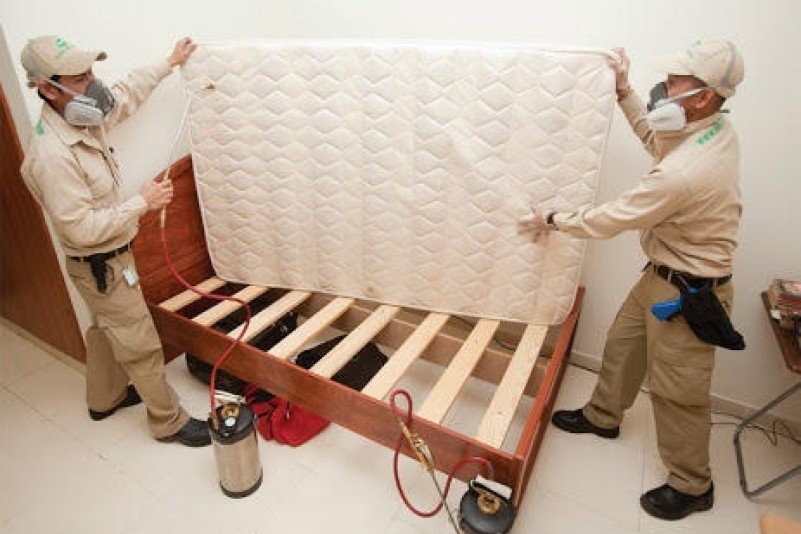A1 Bed Bug Exterminator Houston: Trustworthy Treatment Solutions
A1 Bed Bug Exterminator Houston: Trustworthy Treatment Solutions
Blog Article
Comprehending the Lifecycle of Insects for Targeted Control Techniques
Understanding the lifecycle of pests is a basic element of efficient pest monitoring methods. By comprehending the numerous phases of development that pests go through, a more targeted and specific method can be adopted to regulate their populations. This expertise not only clarifies the susceptabilities within the insect lifecycle yet likewise leads the way for carrying out strategic actions that can disrupt their development and reproduction cycles. Via a much deeper understanding of exactly how insects thrive and progress, tailored control methods can be designed to address particular points in their lifecycle, ultimately resulting in even more successful bug management results.
Significance of Comprehending Parasite Lifecycle
Understanding the lifecycle of pests is important for establishing effective and targeted control techniques in insect management. By comprehending the various stages an insect goes through from egg to adult, parasite control specialists can recognize prone factors in the lifecycle where intervention can be most successful.
Moreover, identifying the certain ecological problems required for each stage of the parasite's lifecycle can lead choices on habitat modification or exemption techniques to interrupt the lifecycle and minimize insect populaces. This understanding allows pest management specialists to carry out proactive measures instead than depending solely on reactive therapies, causing more lasting and long-lasting insect control solutions. Inevitably, a complete understanding of insect lifecycles encourages insect control specialists to customize their methods effectively, decreasing environmental influences and optimizing control results.
Secret Stages in Parasite Advancement
To effectively execute targeted control methods in parasite monitoring, an essential element lies in thoroughly determining and recognizing the vital phases in bug growth. Parasite growth typically consists of several essential stages that are important for their lifecycle and administration.

Susceptabilities in Insect Lifecycle
Throughout the different phases of a pest's lifecycle, distinct susceptabilities emerge that can be purposefully targeted for reliable control measures. One crucial susceptability depends on the egg phase, where pests are often much more at risk to particular insecticides or biological control representatives as a result of their soft external shell, making them much easier targets for treatment. Furthermore, the larval or nymph stage provides vulnerabilities as insects undergo fast growth and advancement, requiring high power intake that can be manipulated by interrupting their food sources or presenting growth inhibitors. Pupal phases, identified by stability and makeover, use a window for targeted control through physical barriers or particular therapies that hinder successful introduction. Grown-up insects, while much more resistant due to their reproductive ability, can still be at risk throughout breeding or egg-laying tasks, which can be interrupted with scent catches or sanitation strategies. Understanding these susceptabilities in the bug lifecycle is essential for developing accurate and effective control approaches that properly take care of bug populations while minimizing environmental effect.
Applying Targeted Control Actions

Applying targeted control steps normally includes a multi-faceted approach. This may include environment alteration to make the atmosphere less welcoming to insects, such as getting rid of standing water for mosquito control or securing entrance points for rats. In addition, biological control approaches can be made use of, where natural killers or microorganisms are introduced to maintain parasite populaces in check.
Integrated Bug Monitoring (IPM) approaches that incorporate different control procedures in a worked with and lasting manner are typically the most efficient in accomplishing long-lasting insect administration goals. By applying targeted control actions based on a detailed understanding of bug lifecycles, bug populations can be properly controlled while minimizing dangers to human health and the atmosphere.
Enhanced Parasite Administration Practices

Additionally, the incorporation of organic control agents, such as natural predators or pathogens of parasites, can help in reducing reliance on chemical pesticides and advertise a much more balanced environment. Executing physical barriers and catches can also belong to improved parasite management methods, supplying non-toxic and targeted services for insect control. In addition, making use of pheromones and other semiochemicals can disrupt pest breeding patterns and communication, resulting in lowered bug populaces with time.
Verdict
By identifying crucial stages in pest growth and susceptabilities in their lifecycle, targeted control measures can be carried out to reduce parasite populaces. Improved insect administration methods can assist reduce the reliance on broad-spectrum chemicals and promote more eco pleasant and sustainable parasite control methods.
Comprehending the lifecycle of parasites is necessary for establishing reliable and targeted control approaches in insect monitoring. By comprehending the various stages a parasite goes through from egg to adult, insect control specialists can determine vulnerable points in the lifecycle where intervention can be most successful. Inevitably, an extensive understanding of parasite lifecycles A1 Bed Bug treatment houston encourages pest control specialists to customize their approaches efficiently, making best use of and lessening ecological effects control results.
By carrying out targeted control steps based on a detailed understanding of pest lifecycles, parasite populaces can be effectively managed while lessening threats to human wellness and the atmosphere.
By recognizing crucial phases in pest growth and susceptabilities in their lifecycle, targeted control procedures can be carried out to reduce insect populations.
Report this page